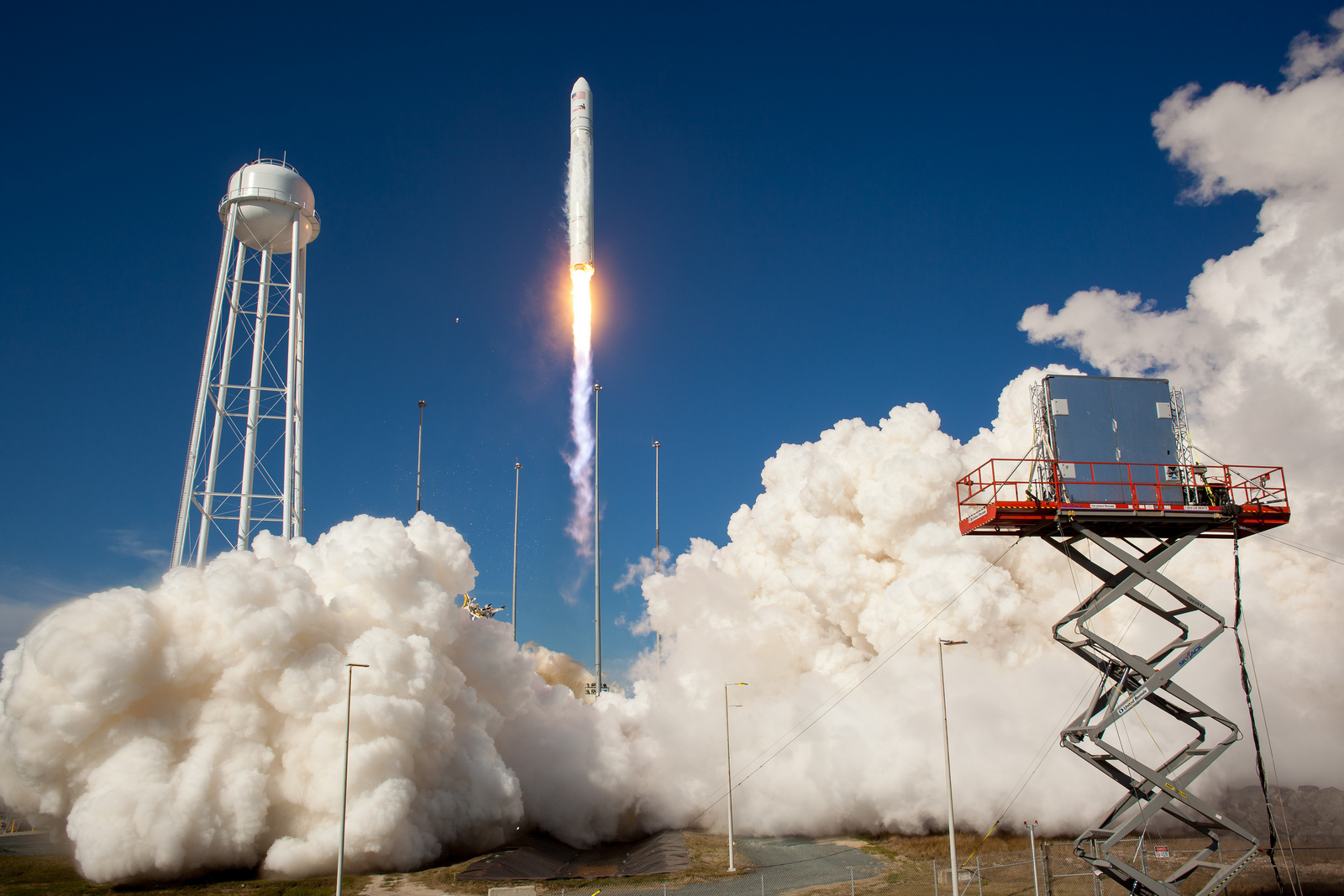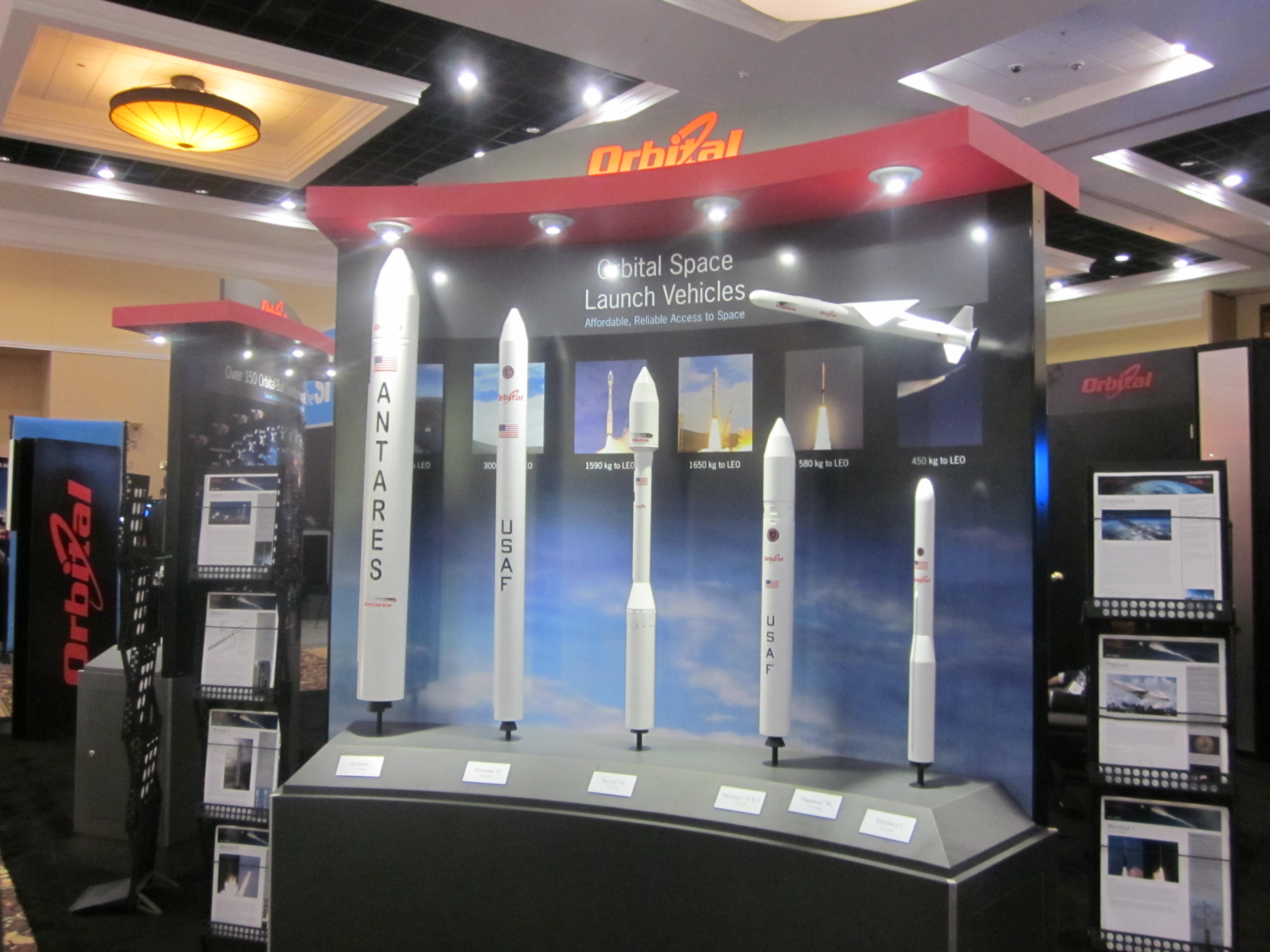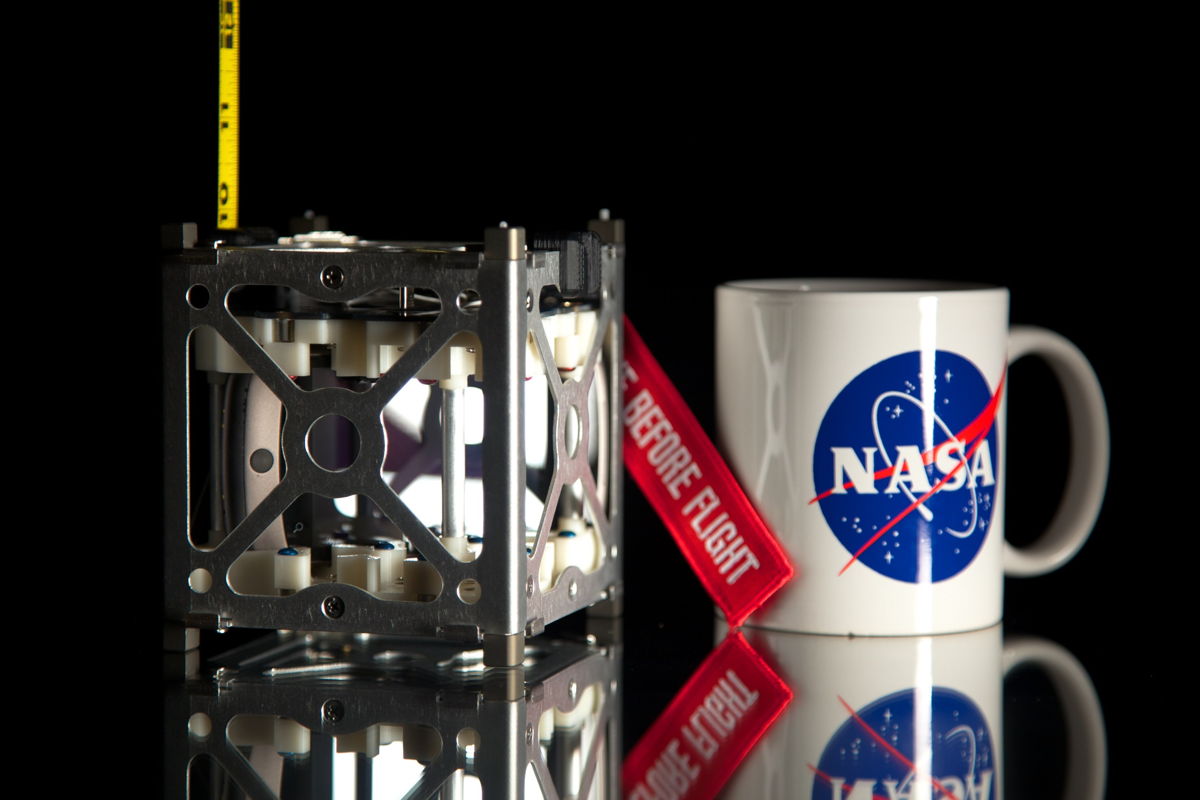Northrop Grumman's Private Antares Rocket: 5 Surprising Facts

Northrop Grumman's Antares rocket first launched into space on April 21, 2013, marking a leap forward for American commercial spaceflight.
The unmanned Antares rocket blasted off from Virginia's Mid-Atlantic Regional Spaceport (MARS) located at NASA's Wallops Flight Facility, helping pave the way for eventual cargo missions to the International Space Station.At the time, Orbital had a $1.9 billion deal with NASA to fly eight unmanned supply missions using Antares and the company's robotic Cygnus spacecraft. Since then, the company has received a new contract for more cargo launches to the space station using its Antares/Cygnus combo.
Originally Made for the Moon
The first version of the Antares rocket use two Aerojet AJ26 rocket engines fueled by liquid oxygen and kerosene (RP-1) to power it's first stage. The AJ26 is based on the NK-33 engine, which was originally developed to launch Russia's giant N-1 moon rocket in the 1960s.
N-1 was the Soviet answer to America's Saturn V rocket, used to launch astronauts to the moon during the space agency's Apollo program. The Soviet heavy-lifting rocket, however, was never launched successfully.
On Oct. 28, 2014, however, an Antares rocket crashed and exploded during launch, and Orbital ATK traced the problem back to the AJ26 engines. The company has since replaced the engines with Russian-built RD-181 rocket engines.
Virginia's Biggest Rocket
NASA's Wallops Flight Facility on Virginia's Eastern Shore has traditionally been a launching ground for small sounding rockets and high-altitude balloon missions, but Antares' missions from Pad-0A at the Mid-Atlantic Regional Spaceport (which is located at the Wallops facility) is helping broaden the site's scope.
Engineers refurbished an old launch pad to accommodate Antares. Most big manned and unmanned American missions have historically been run from Florida's Cape Canaveral, including the space station cargo launches of Orbital ATK's competitor, SpaceX.
Breaking space news, the latest updates on rocket launches, skywatching events and more!
Weather permitting, Antares launches can be seen up and down the U.S. East Coast. The rocket can be visible as a bright streak of light in Washington, D.C., assuming clouds don't get in the way.
A Space Name Legacy
The rocket's name comes from a long cosmic legacy.
"Antares" is the name of a red supergiant star in the constellation Scorpius. It's one of the largest stars ever found, with a diameter several hundred times that of the sun. The star is about 600 light-years from Earth, and is among the top 20 brightest stars in the night sky.
The Apollo Lunar Module used during the Apollo 14 mission was also named "Antares." The module brought a two-person crew down to the surface of the moon in 1971, making the "most precise landing to date," according to NASA reports.
Northrop Grumman and Missile Defense
The company that developed Antares, Orbital ATK, was acquired by Northrop Grumman to form Northrop Grumman Innovation Systems, but it has a legacy of rocket development for missile defence. The company executed about 50 major launches for the U.S. Missile Defense Agency, the Air Force and the Navy to create a robust missile defense system in the United States.
Orbital ATK created target vehicles used in simulations to test the missile defense systems. The firm also manufactures "interceptor boosters" that can cut off possible missile launches aimed at the country.
First Test Flight Launched Tiny Satellites
The Cygnus mass simulator on Antares's first test flight in April 2013 deployed a few tiny satellites for a commercial customer and NASA before burning up harmlessly in the Earth's atmosphere.
The satellite payload included the Dove-1 nanosatellite for a commercial client and two versions of NASA Ames Research Center's Phonesats, which are about the size of a coffee cup.
Editor's note: This story, originally posted April 2013, has been updated to include Orbital ATK's aquisition by Northrop Grumman.
Join our Space Forums to keep talking space on the latest missions, night sky and more! And if you have a news tip, correction or comment, let us know at: community@space.com.

Miriam Kramer joined Space.com as a Staff Writer in December 2012. Since then, she has floated in weightlessness on a zero-gravity flight, felt the pull of 4-Gs in a trainer aircraft and watched rockets soar into space from Florida and Virginia. She also served as Space.com's lead space entertainment reporter, and enjoys all aspects of space news, astronomy and commercial spaceflight. Miriam has also presented space stories during live interviews with Fox News and other TV and radio outlets. She originally hails from Knoxville, Tennessee where she and her family would take trips to dark spots on the outskirts of town to watch meteor showers every year. She loves to travel and one day hopes to see the northern lights in person. Miriam is currently a space reporter with Axios, writing the Axios Space newsletter. You can follow Miriam on Twitter.





